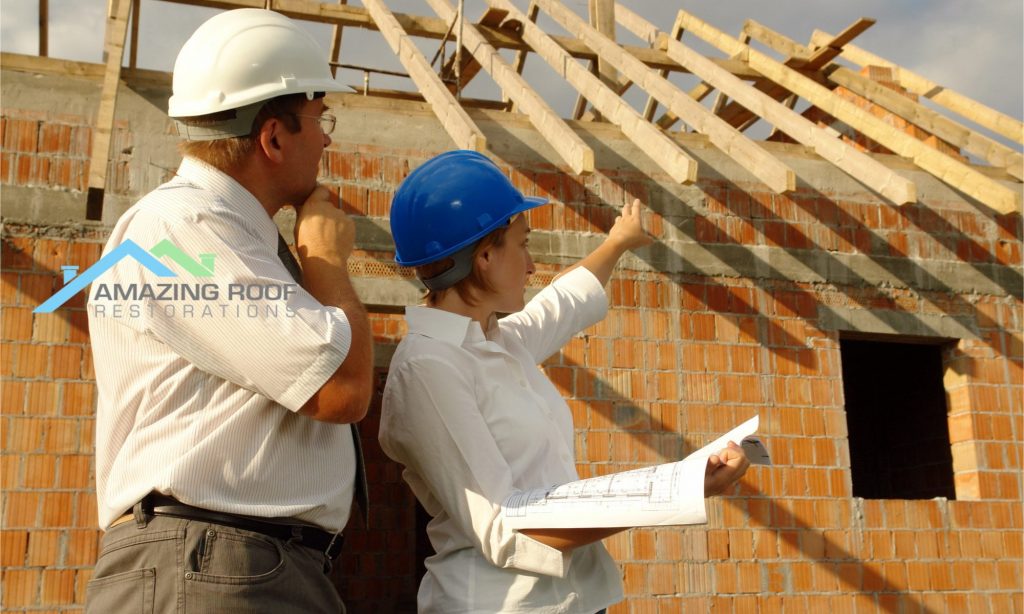Changing a roof can be prohibitively expensive for many homeowners is especially large, or has a complicated shape or slope.
In the event of a storm or a tree fall, one would expect
home insurance to cover basic roof damage. However, your insurance company may
deny coverage precisely because roof replacement is one of the most expensive
repairs.
Warning # 1: your roof is too old
You can assume that your home insurance will cover roof damage in the event of fire or theft and, in most cases, that is a reasonable assumption. However, the roof coverage may not apply if the roof is deemed to be “too old”.
In most cases, a roof will be considered too old if it is 20 years or older, as this is the lifespan of most tile roofs. The roof can also count as too old if one of the bottom layers is 20 years old and had a new roof layer added on top instead of paying for a full replacement.
Why is it like this? Simply put, an insurance company doesn't want to pay full price to replace a roof that was likely near the end of its amortizing life expectancy, regardless of whether it was damaged.
As an alternative to not providing coverage, your insurance company may pay for the repair, but not the replacement. Also, they can pay for the roof replacement at its actual cash value, taking into account depreciation rather than the original value. If this happens, you will have to pay the rest of the replacement bill.
Warning # 2: the damage was your fault
Home insurance generally covers roof damage in extraordinary situations that are beyond your control. However, it is highly unlikely that roof damage will be covered if the insurance company can reasonably blame you for a roof malfunction.
One of the most common cases in which roof damage can be considered "your fault" is if you have a roof leak, due to normal wear and tear. For example, if a shingle came loose from the roof, and the underlayment was exposed to rain, but you never fixed the problem, your insurance may not cover the water damage. From a company perspective, you should have called in a professional roofer to inspect and perform maintenance on your roof.
Your insurance company may also refuse to cover roof damage if you try to do a minor roof repair and it ends up making the situation worse. For example, some roof tiles are delicate and can break or fall off when stepped on, or you can try to reattach a tile and cause a leak by puncturing the roof in the wrong place. Since you caused or aggravated the damage directly instead of calling a qualified roofing professional, you will be responsible for paying for the roof repair or replacement.
Warning # 3: Roofing Material Is Too Great a Financial Risk to Cover
The ultimate goal of an insurance company is to make money, so they generally don't want to cover roofing materials that are very expensive, easily damaged, or both. Plank roofs are a particularly high risk because they cost a good amount of money, have a similar or shorter lifespan than tile roofs, and burn easily. Wood roofs are not covered by many companies at all, as they are prone to fire and water damage. If you have a wooden roof, be sure to do your research before committing to an insurance policy.
Metal roofs, while fire resistant, are also quite expensive to replace and can easily dent from hail. Slate stone ceilings are luxurious but heavy and expensive to install. With these types of roofs, insurance companies may tend to dismiss the damage as a "cosmetic" issue so they don't have to replace the more expensive roofing materials. Also, they may charge a premium for coverage on a more expensive roof.
On the other hand, insurance companies often reward homeowners with impact- or wind-resistant roofs with better coverage and other incentives, as these roofs reduce the chance that they will have to pay for damage caused by hail and windstorms.
Warning # 4: the risk that caused the damage is excluded or not covered by the policy
It is always a good idea to review your home insurance policy very thoroughly. In doing so, you must understand what types of damages or "risks" are included and excluded from the policy. Remember, once you sign the policy, you have agreed to the terms including the roof coverage exclusions.
These are some of the risks that, in general, are included in a home insurance policy:
- Home fire, wildfire and smoke
- Ray
- Explosion
- Volcanic eruption
- Electrical overload
- Damage from a vehicle or plane
- Crimes such as theft, vandalism, riots, etc.
- Falling objects, such as a tree branch
- Large accumulation of snow, ice, or sleet
- Freezing, bursting, or overflowing pipes, a sprinkler system, or other appliance
- Some water damage, not including flooding
- Wind
- Hail
In contrast, your policy almost never covers these types of damages:
- Flood
- Earth movement, such as earthquakes, landslides, landslides or sinkholes, except in some states
- Most fungi and molds except in certain cases
- Pest infestation
- Sewer overflow
- War or government action
- Nuclear explosion or leak
In cases where your home insurance does not cover certain damages, you may want to purchase an additional policy, such as a flood policy from the National Flood Insurance Program, or inquire about an extension of your home insurance policy.

Comments
Post a Comment